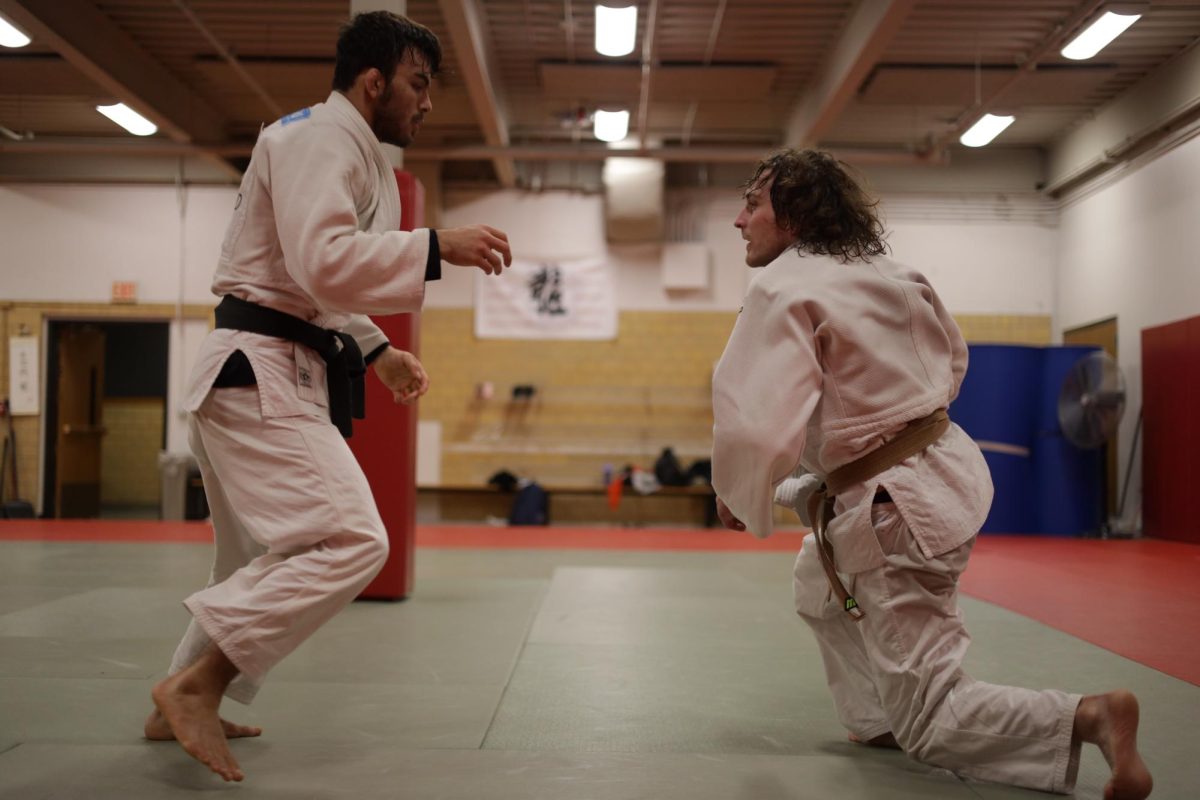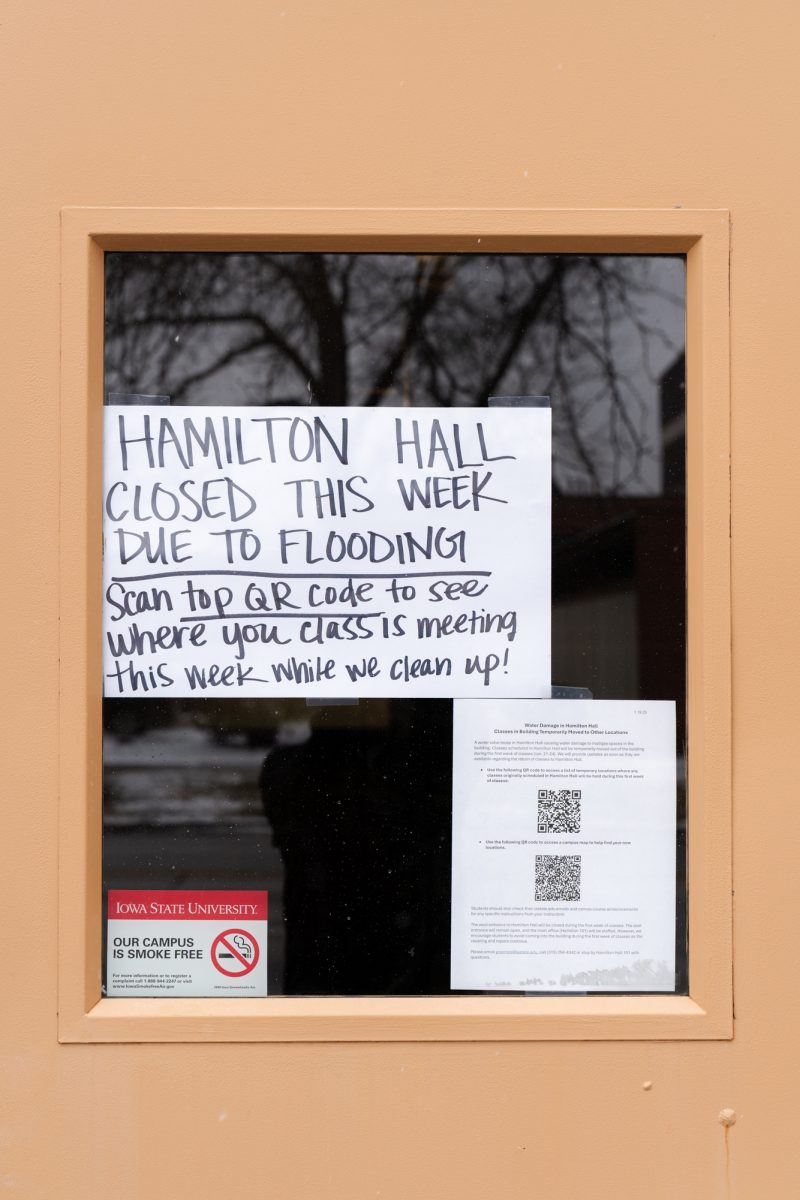‘Political pressures’ led to change in mural during break
January 17, 2003
Reactions have been mixed after a mural in Willow Hall’s Schaefer House was changed.
A group of students claimed the mural, which depicted three men in army fatigues, one holding a scantily clad woman under his arm, violated university code.
Mounting “political pressures” forced a quick decision, and the woman was removed by a Department of Residence employee during winter break, said Randy Alexander, director of the Department of Residence.
The mural was originally painted in the fifth floor Schaefer House kitchenette in 1984.
A group of eight female students sent letters to the Alexander, Dean of Students Pete Englin and representatives from the Margaret Sloss Women’s Center and the Sexual Assault Response Team in December. As part of a Women’s Studies 201 project to take part in activism, the women claimed the mural violated the university’s sexual harassment policy and the residence department’s sign policy and asked for its removal.
In the original mural, the word “tool” was written across the woman’s forehead. The name “Ellen,” later changed to “Emily,” was written near the woman. Another man carried a keg, with the word “roofies” written on it. The word “date-raper extraordinairre” was written on one of the men’s bandanas. These phrases were removed by the house immediately after the complaint, but the woman remained said Patrick Phippen, Willow Hall director.
During the last weeks of fall semester, the group of women met with residents of the all-male floor, Alexander and Thomas Hill, vice president for Student Affairs. The decision to remove the woman resulted from these meetings.
Residents of Schaefer said, although the meetings were productive, no consensus could be reached.
“Basically the girls [in the group] wanted the girl out of the picture,” said Adam Heathcote, vice president of Schaefer. “There wasn’t really any way to compromise because of the pressure that was being put on the administration from outside. I think everybody on the floor was pretty tired of the issue anyway.”
Because the men decided removing the woman would be as bad as removing the entire mural, they left the final change up to the administration, Heathcote said.
“The guys were really open [to our ideas],” said Samantha Sexton, one of the students who wrote the letter about the mural. “The point was to get our side heard because they had heard a lot of hearsay. We thought they were informed through the residence halls, but they weren’t.”
Alexander said he met with both the women who sent out the letter and the residents of Schaefer during the last weeks of the semester. He said he had received e-mails from university administration asking for action.
“When I met with the men and the women I told them that issues like this have a way of building political pressure,” he said. “[I told them] the window of opportunity for you guys to come up with a solution is coming to a close, if you don’t come to a decision, the administration will have to do something,” he said.
He said the group of women told him they preferred to work the situation out on their own instead of letting the administration simply paint the mural over, and set up a meeting with Hill to discuss possibilities. Alexander said the girls’ only request was the removal of the woman from the mural, and Phippen reported to him the residents would be willing to comply.
Alexander said both groups were responsive to suggestions of the others and handled the situation with maturity, even when pressures from outside sources mounted.
“There were a lot of people who felt like it should just be painted over immediately,” he said. “I felt like they were capable of working this out. … I guess I just feel like it’s real easy to just paint a wall, but I don’t know what people learn from that really.”
Sexton said the girls felt like they had accomplished their goals.
“It educated the guys to know that this wasn’t something that was going to slip through the cracks anymore,” she said.
The future of the mural is uncertain, said John Thomas, resident assistant for Schaefer.
“Now that the girls’ gone, it’s just not the same,” he said. “No one really cares as much … we might just paint a whole new mural. I wouldn’t be surprised if it just stays that way for the next twenty years with a big white spot.”






